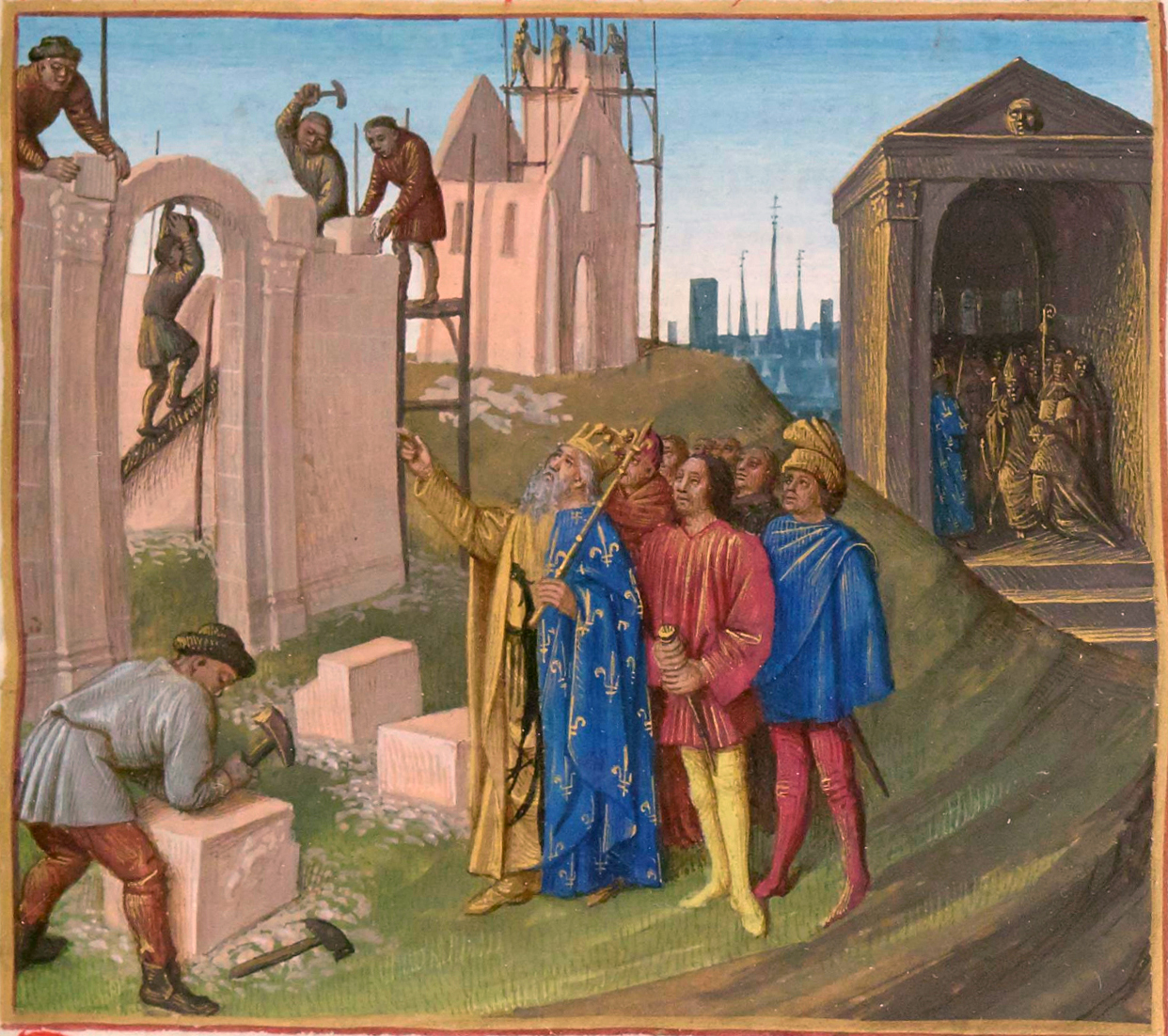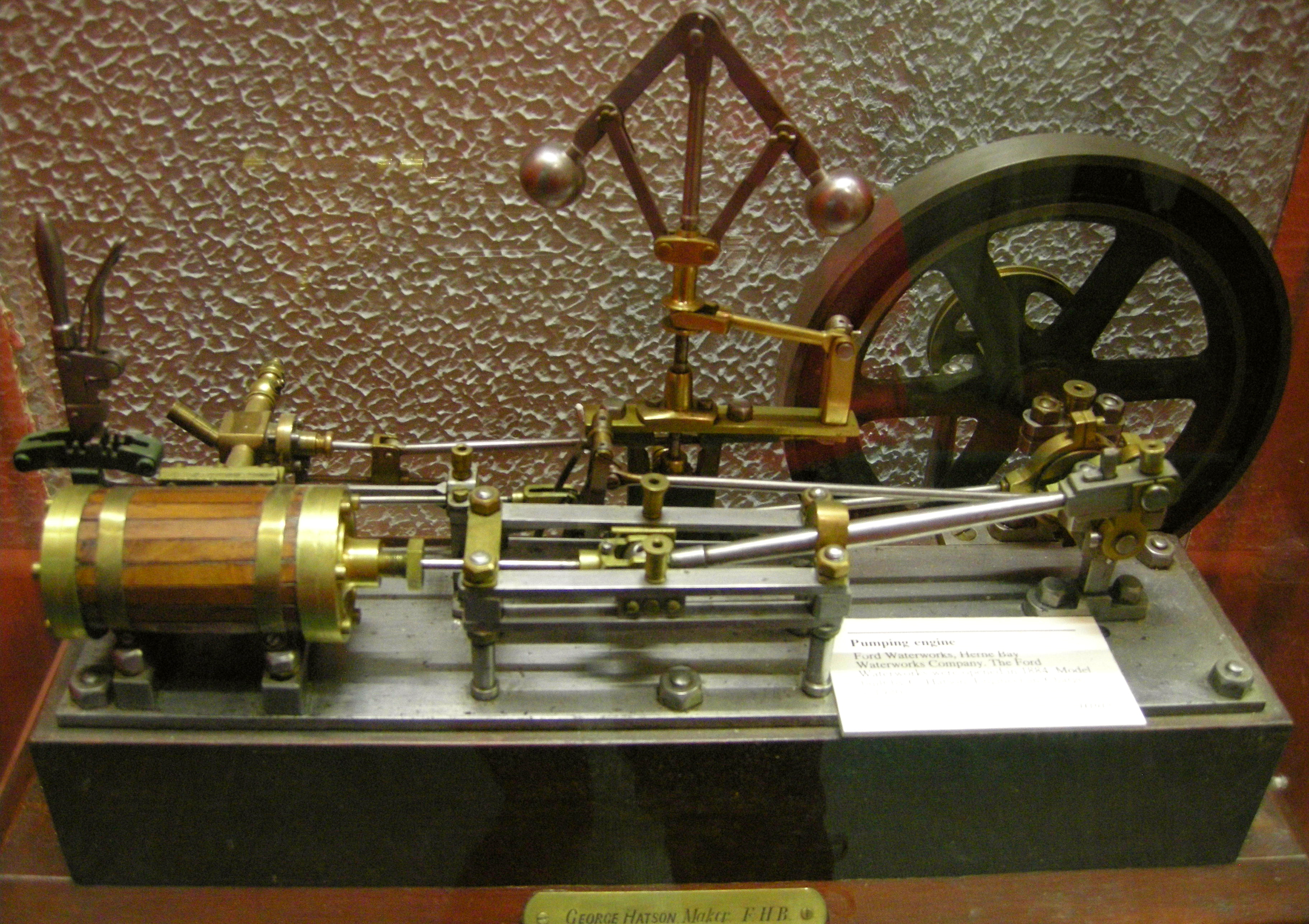|
Perlenbachtal
The Perlenbach Valley ( or ''Perlbachtal'') is the valley of the Perlenbach stream in the Eifel mountains in the countries of Belgium and Germany. The Perlenbach itself is a tributary of the Rur. The Perlenbach Valley is host to two outstanding, cultural-historical nature reserves along the state border which have a total area of 398 ha. Perlenbach The Perlenbach, in East Belgium called the ''Schwalmbach'', is formed from several headstreams and tributaries, most of which rise on Belgian soil in the Elsenborn Training Area near the twin-villages of Rocherath-Krinkelt, in the municipality of Büllingen, Liège Province. There, where it is still called the Schwalmbach, it gathers water from the Rinnsaler Schwalmbach, Krockesbach, Kranbach, Drosbach, Lienbach, Büllingerbach (or Fuhrstbach), the Wolfsbach and the Heisterbach. From its confluence with the Heisterbach, it is known as the Perlenbach. It flows northwards, is impounded by the Perlenbach Dam and discharges into th ... [...More Info...] [...Related Items...] OR: [Wikipedia] [Google] [Baidu] |
Perlenbachtal Im März 2014
The Perlenbach Valley ( or ''Perlbachtal'') is the valley of the Perlenbach (Rur), Perlenbach stream in the Eifel mountains in the countries of Belgium and Germany. The Perlenbach itself is a tributary of the Rur (river), Rur. The Perlenbach Valley is host to two outstanding, cultural-historical nature reserves along the state border which have a total area of 398 hectare, ha. Perlenbach The Perlenbach, in East Belgium called the ''Schwalmbach'', is formed from several headstreams and tributaries, most of which rise on Belgian soil in the Elsenborn#Military training area, Elsenborn Training Area near the twin-villages of Rocherath-Krinkelt, in the municipality of Büllingen, Liège Province. There, where it is still called the Schwalmbach, it gathers water from the Rinnsaler Schwalmbach, Krockesbach, Kranbach, Drosbach, Lienbach, Büllingerbach (or Fuhrstbach), the Wolfsbach and the Heisterbach. From its confluence with the Heisterbach, it is known as the Perlenbach. It flow ... [...More Info...] [...Related Items...] OR: [Wikipedia] [Google] [Baidu] |
Eifel
The Eifel (; , ) is a low mountain range in western Germany, eastern Belgium and northern Luxembourg. It occupies parts of southwestern North Rhine-Westphalia, northwestern Rhineland-Palatinate and the southern area of the German-speaking Community of Belgium. The Eifel is part of the Rhenish Massif; within its northern portions lies the Eifel National Park. The Eifelian stage in geological history is named after the region because rocks of that period reach the surface in the Eifel at the Wetteldorf Richtschnitt outcrop. The inhabitants of the Eifel are known as Eiflers or Eifelers. Geography Location The Eifel lies between the cities of Aachen to the north, Trier to the south and Koblenz to the east. It descends in the northeast along a line from Aachen via Düren to Bonn into the Lower Rhine Bay. In the east and south it is bounded by the valleys of the Rhine and the Moselle. To the west it transitions in Belgium and Luxembourg into the geologically related Ardenn ... [...More Info...] [...Related Items...] OR: [Wikipedia] [Google] [Baidu] |
Monschau
Monschau (; , ; ) is a small resort town in the Eifel region of western Germany, located in the Aachen district of North Rhine-Westphalia. Geography The town is located in the hills of the North Eifel, within the Hohes Venn – Eifel Nature Park in the narrow valley of the Rur river. The historic town center has many preserved half-timbered houses and narrow streets have remained nearly unchanged for 300 years, making the town a popular tourist attraction nowadays. Historically, the main industry of the town was cloth-mills. History On the heights above the city is Monschau castle, which dates back to the 13th century — the first mention of Monschau was made in 1198. Beginning in 1433, the castle was used as a seat of the dukes of Jülich. In 1543, Emperor Charles V besieged it as part of the Guelders Wars, captured it and plundered the town. However, the castle stayed with Jülich until 1609, when it became part of Palatinate-Neuburg. In 1795, the French capt ... [...More Info...] [...Related Items...] OR: [Wikipedia] [Google] [Baidu] |
Valleys Of North Rhine-Westphalia
A valley is an elongated low area often running between hills or mountains and typically containing a river or stream running from one end to the other. Most valleys are formed by erosion of the land surface by rivers or streams over a very long period. Some valleys are formed through erosion by glacial ice. These glaciers may remain present in valleys in high mountains or polar areas. At lower latitudes and altitudes, these glacially formed valleys may have been created or enlarged during ice ages but now are ice-free and occupied by streams or rivers. In desert areas, valleys may be entirely dry or carry a watercourse only rarely. In areas of limestone bedrock, dry valleys may also result from drainage now taking place underground rather than at the surface. Rift valleys arise principally from earth movements, rather than erosion. Many different types of valleys are described by geographers, using terms that may be global in use or else applied only locally. Format ... [...More Info...] [...Related Items...] OR: [Wikipedia] [Google] [Baidu] |
Regions Of The Eifel
In geography, regions, otherwise referred to as areas, zones, lands or territories, are portions of the Earth's surface that are broadly divided by physical characteristics (physical geography), human impact characteristics (human geography), and the interaction of humanity and the environment ( environmental geography). Geographic regions and sub-regions are mostly described by their imprecisely defined, and sometimes transitory boundaries, except in human geography, where jurisdiction areas such as national borders are defined in law. More confined or well bounded portions are called ''locations'' or ''places''. Apart from the global continental regions, there are also hydrospheric and atmospheric regions that cover the oceans, and discrete climates above the land and water masses of the planet. The land and water global regions are divided into subregions geographically bounded by large geological features that influence large-scale ecologies, such as plains and features. As a ... [...More Info...] [...Related Items...] OR: [Wikipedia] [Google] [Baidu] |
Düren
Düren (; Ripuarian language, Ripuarian: Düre) is a town in North Rhine-Westphalia, Germany, between Aachen and Cologne, on the river Rur (river), Rur. History Roman era The area of Düren was part of Gallia Belgica, more specifically the territory of the Eburones, a people who were described as both Belgae and Germanic peoples, Germani. It was conquered by the Roman Republic under Julius Caesar and became part of Germania inferior. Düren became a supply area for the rapidly growing Roman city of Cologne (Roman name Colonia Claudia Ara Agrippinensium). Furthermore, a few important Roman roads skirt Düren (including the road from Cologne to Jülich and Tongeren and the road from Cologne to Zülpich and Trier). By the 4th century, the area was settled by the Ripuarian Franks. The name ''villa duria'' occurred the first time in the Frankish Annals in the year 747. Frankish king Pippin the Short often visited Düren in the 8th century and held a few important conventions ther ... [...More Info...] [...Related Items...] OR: [Wikipedia] [Google] [Baidu] |
Aachen
Aachen is the List of cities in North Rhine-Westphalia by population, 13th-largest city in North Rhine-Westphalia and the List of cities in Germany by population, 27th-largest city of Germany, with around 261,000 inhabitants. Aachen is located at the northern foothills of the High Fens and the Eifel Mountains. It sits on the Wurm (Rur), Wurm River, a tributary of the Rur (river), Rur, and together with Mönchengladbach, it is the only larger German city in the drainage basin of the Meuse. It is the westernmost larger city in Germany, lying approximately west of Cologne and Bonn, directly bordering Belgium in the southwest, and the Netherlands in the northwest. The city lies in the Meuse–Rhine Euroregion and is the seat of the Aachen (district), district of Aachen ''(Städteregion Aachen)''. The once Celts, Celtic settlement was equipped with several in the course of colonization by Roman people, Roman pioneers settling at the warm Aachen thermal springs around the 1st cen ... [...More Info...] [...Related Items...] OR: [Wikipedia] [Google] [Baidu] |
Water Supply
Water supply is the provision of water by public utilities, commercial organisations, community endeavors or by individuals, usually via a system of pumps and pipes. Public water supply systems are crucial to properly functioning societies. These systems are what supply drinking water to populations around the globe. Aspects of service quality include continuity of supply, water quality and water pressure. The institutional responsibility for water supply is arranged differently in different countries and regions (urban versus rural). It usually includes issues surrounding policy and regulation, service provision and standardization. The cost of supplying water consists, to a very large extent, of fixed costs (capital costs and personnel costs) and only to a small extent of variable costs that depend on the amount of water consumed (mainly energy and chemicals). Almost all service providers in the world charge tariffs to recover part of their costs. Water supply is a separat ... [...More Info...] [...Related Items...] OR: [Wikipedia] [Google] [Baidu] |
North Rhine-Westphalia
North Rhine-Westphalia or North-Rhine/Westphalia, commonly shortened to NRW, is a States of Germany, state () in Old states of Germany, Western Germany. With more than 18 million inhabitants, it is the List of German states by population, most populous state in Germany. Apart from the city-states (Berlin, Hamburg and Bremen), it is also the List of German states by population density, most densely populated state in Germany. Covering an area of , it is the List of German states by area, fourth-largest German state by size. North Rhine-Westphalia features 30 of the 81 German municipalities with over 100,000 inhabitants, including Cologne (over 1 million), the state capital Düsseldorf (630,000), Dortmund and Essen (about 590,000 inhabitants each) and other cities predominantly located in the Rhine-Ruhr metropolitan area, the largest urban area in Germany and the fourth-largest on the European continent. The location of the Rhine-Ruhr at the heart of the European Blue Banana make ... [...More Info...] [...Related Items...] OR: [Wikipedia] [Google] [Baidu] |
Liège Province
Liège ( ; ; ; ; ) is the easternmost province of the Wallonia region of Belgium. Liège Province is the only Belgian province that has borders with three countries. It borders (clockwise from the north) the Dutch province of Limburg, the German states of North Rhine-Westphalia and Rhineland-Palatinate, the Luxembourgish canton of Clervaux, the Belgian Walloon (French-speaking) provinces of Luxembourg, Namur and Walloon Brabant and the Belgian Flemish (Dutch-speaking) provinces of Flemish Brabant and Limburg. Part of the eastern-most area of the province, bordering Germany, is the German-speaking region of Eupen-Malmedy, which became part of Belgium in the aftermath of World War I. The capital and the largest city of the province is the city of the same name, Liège. The province has an area of , and a population of 1.12 million as of January 2024. History The modern borders of the province of Liège date from 1795, which saw the unification of the Principali ... [...More Info...] [...Related Items...] OR: [Wikipedia] [Google] [Baidu] |
Perlenbach (Rur)
Perlenbach is a river of North Rhine-Westphalia, Germany and eastern Belgium. Its source is in the Belgian High Fens, north of Büllingen. It is dammed up to create a lake, before flowing from the right into the Rur near Monschau. See also * Perlenbach Valley *List of rivers of North Rhine-Westphalia A list of rivers of North Rhine-Westphalia, Germany: A B C * Calenberger Bach * Casumer Bach * Compbach D * Dalke * Dammpader * Darmühlenbach * Deilbach * Derenbach * Dettmers Bach * Dhünn * Dichbach * Dickopsbach * Dielenpader * Diemel * ... References Rivers of the Eifel Rivers of North Rhine-Westphalia Rivers of Belgium Belgium–Germany border Rivers of Germany Rivers of Liège Province International rivers of Europe Border rivers {{Liege-geo-stub ... [...More Info...] [...Related Items...] OR: [Wikipedia] [Google] [Baidu] |




